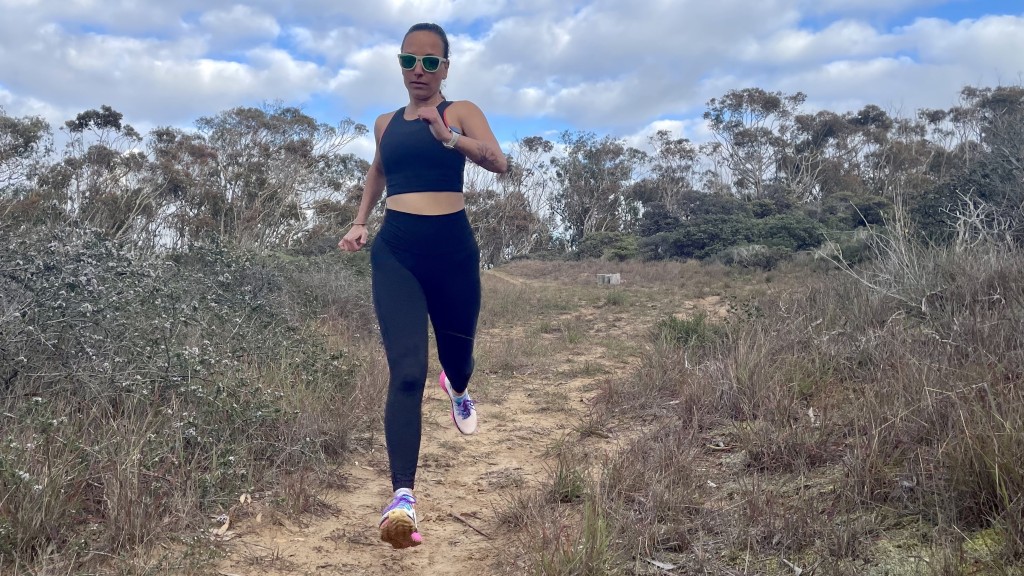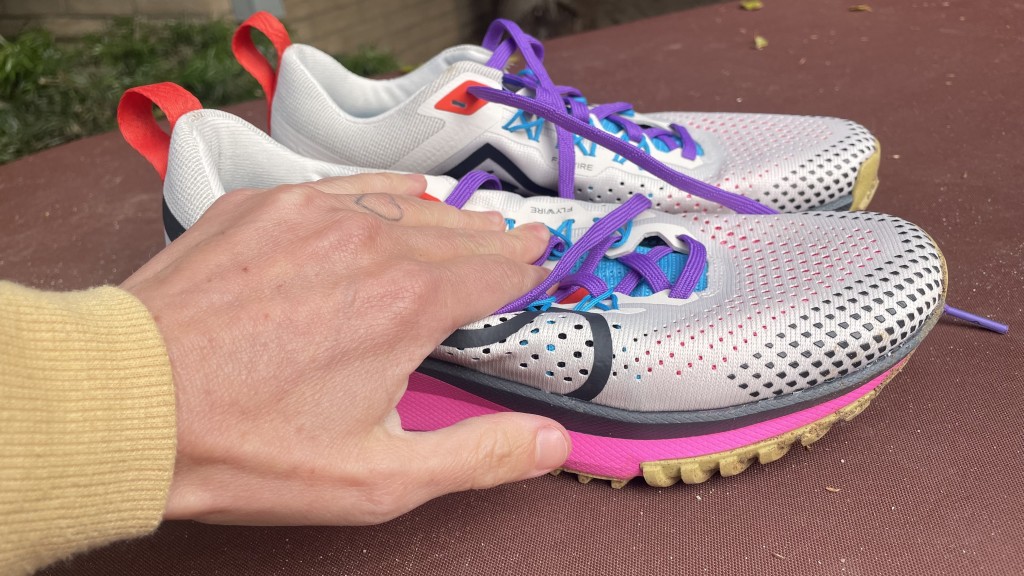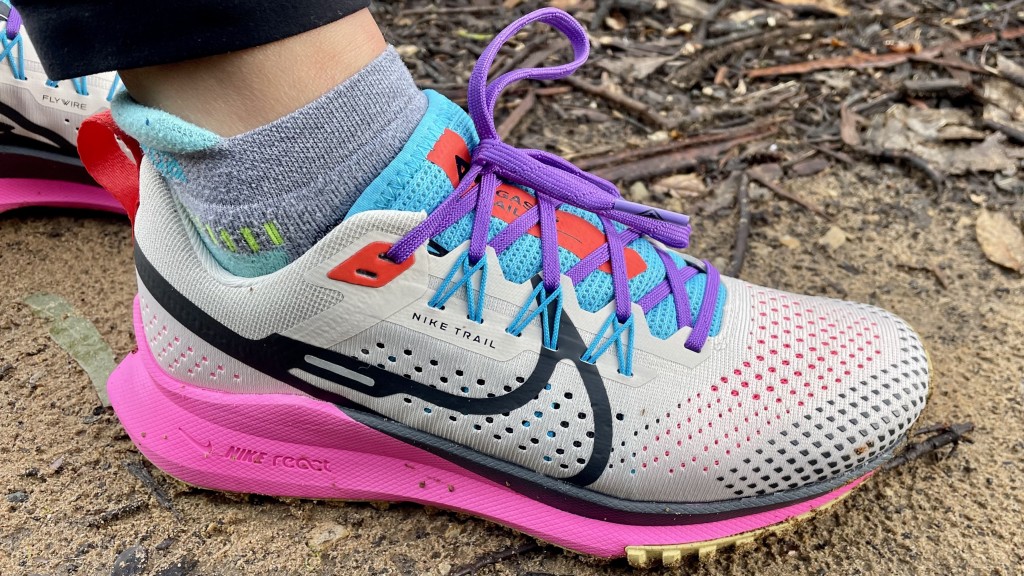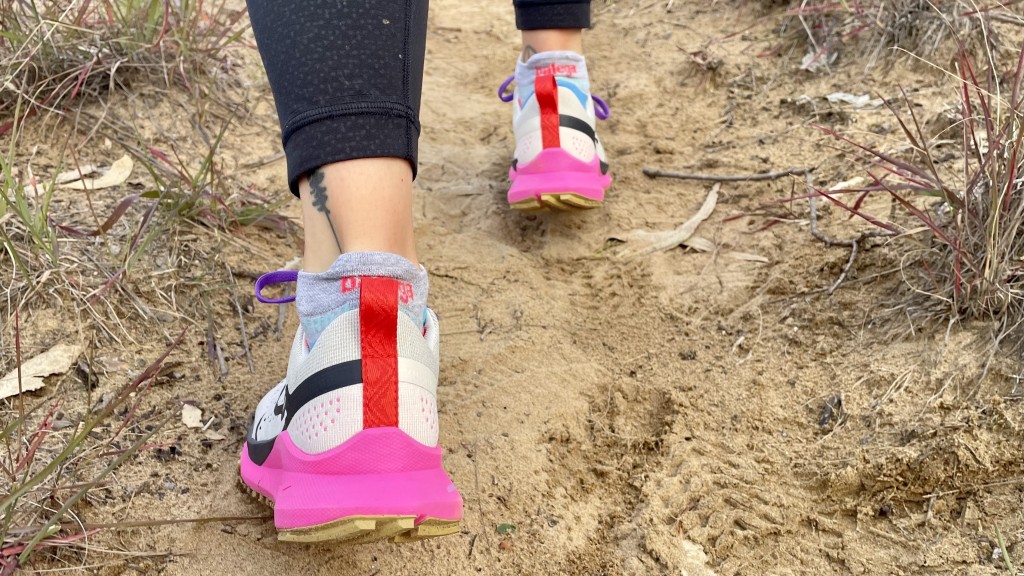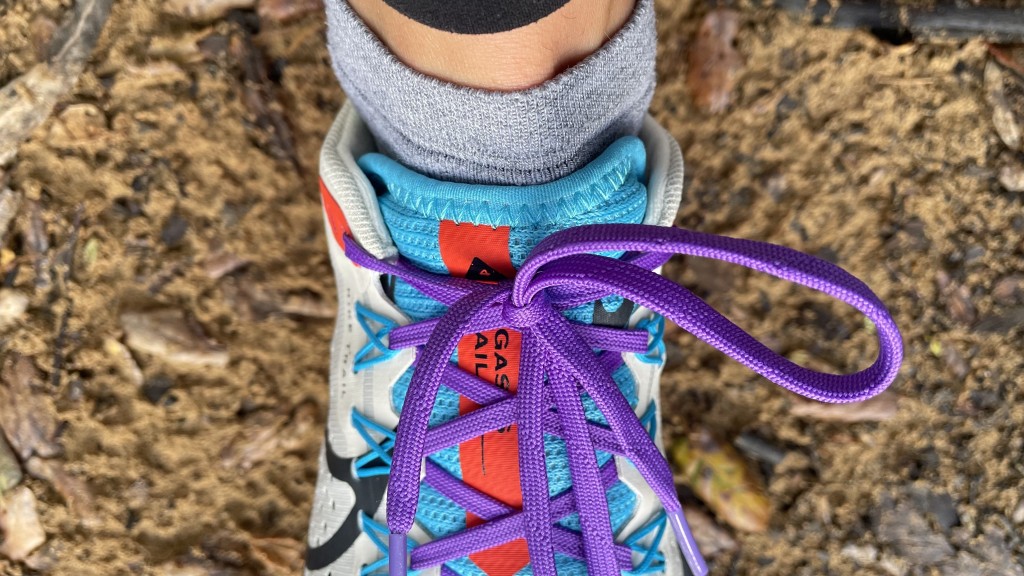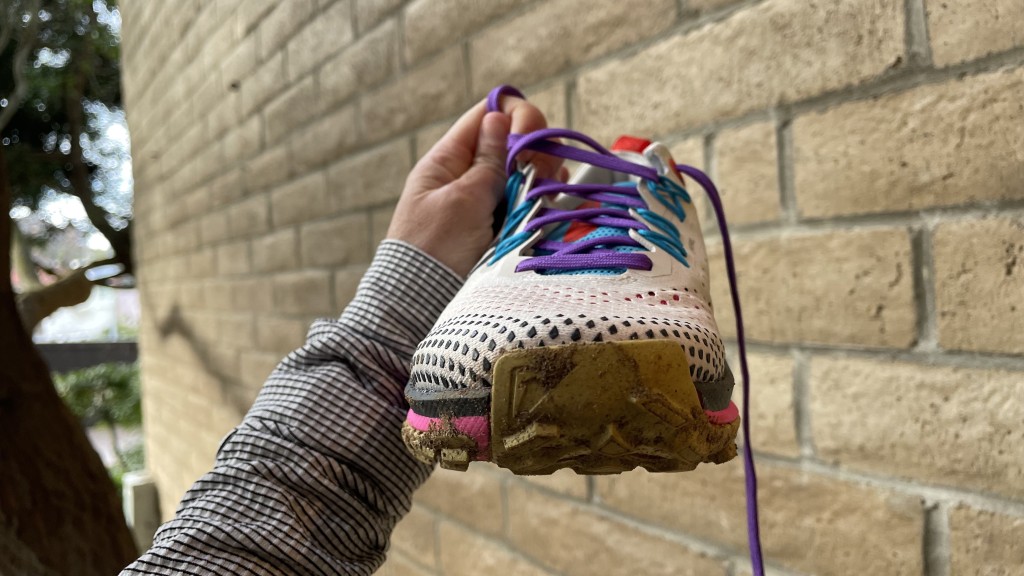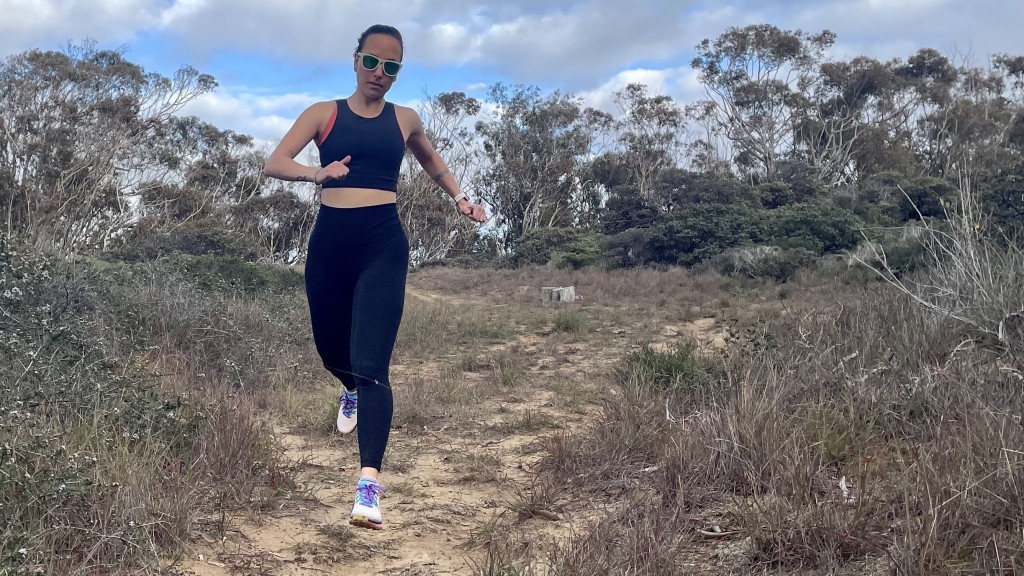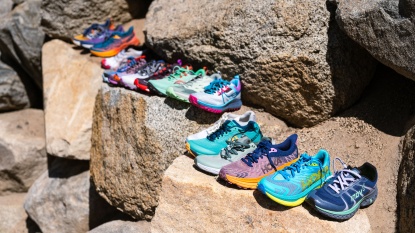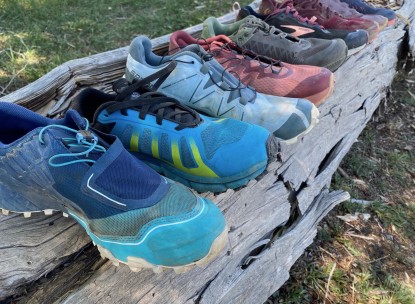Our Verdict
Our Analysis and Test Results
The Nike Pegasus Trail 4 is a trail version of a shoe best suited for the road. While lightweight and peppy, this shoe lacks the features we truly want for our long-distance workhorses. If your trail runs are short, quick, and followed up by lifting sessions at the gym, this version of the Pegasus Trail will probably be enough for you; but as long-distance friends, we desire more from our trail running shoes.
Performance Comparison
Foot Protection
The Pegasus Trail 4 doesn't offer anywhere near the foot protection we are used to seeing on trail running shoes. Even if we take this shoe out of the comparison and assess it on its own, it still comes up short. The upper mesh is lightweight and fresh, but it allows sand and water to infiltrate easily. The whisper of a toecap is mildly protective but doesn't cover nearly enough to be considered a truly protective element. To be fair, the Pegasus is touted as a trail shoe for light trails, and it follows that you don't need quite as much protection in that kind of terrain. If that is what you'll be running in the Pegasus, you'll find it protective enough. If you want a shoe that won't fold when it gets sucker punched by a rogue rock, you'll need to look elsewhere.
Traction
The lugs of the Pegasus Trail are spiky and sharp. They perform well on loose, sandy terrain because of their ability to bite into the soft earth. The lugs are smaller in diameter than some of our higher-scoring contenders and are more tightly spaced. This lug design almost feels like a cleat and is really functional on softer trails. The outsole is made of high-abrasion rubber, and the lugs hold up well on the roads. However, the grip doesn't translate as well as we would like on scree or more technical surfaces.
The outsole of the Pegasus holds damp sand more than we prefer. It's not the worst mud shed we've ever seen, but it is disappointing. Since this trail runner functions best on damp, loose dirt, we wish it could shed that type of earth more efficiently. Once the outsole is caked in damp sand and dirt, it becomes slippery on smooth surfaces.
Sensitivity
Even with a 34.5mm stack height in the heel, the Pegasus Trail is adequately sensitive. Because it has a 10mm drop, the toe side of the shoe has significantly less material underfoot. This translates to good sensitivity in the forefoot, which allows you to be a bit more nimble on your feet. The platform doesn't have a rock plate but is made of durable and rigid rubber, which feels firm yet unimposing. We notice the lack of a rock plate, but in a way that lends itself to increased sensitivity.
Stability
For a 10mm drop shoe with very little lateral support, the Pegasus Trail 4, is more stable than we expected. Part of this stability comes from the narrower profile of the shoe as a whole. Because the Pegasus runs slightly skinnier than most other shoes we tested, the fit has inherent stability. Nike also utilizes their Flywire technology, which secures the midfoot of the shoe around your foot. This technology reduces the lateral movement of your foot within the shoe.
Comfort and Fit
The Pegasus Trail 4 has a narrow fit and a comfortable, lightweight upper. Nike does not manufacture a wide version, so if your feet are on the wider side, you most likely won't enjoy the feeling of the Pegasus on your feet. This is a minimalistic take on a trail shoe, meaning it doesn't have many features for added comfort. Due to the lack of cushioning and firm outsole, we don't recommend this shoe for long-distance runners who want comfort during extraordinarily long efforts. The stiffness of the outsole further confirms this opinion.
Because of its narrow fit and lack of cushioning, the Pegasus Trail scored just above average in this metric. We found the shoe comfortable right off the bat but felt heel slippage and rubbing as our testing miles added up. Due to the lack of lateral structure, it was tough to mitigate the heel slippage, leading to skin irritation. We continuously tried to tighten the laces and even fed them through the heel-lock eyelets. This did not stop the heel cup discomfort from occurring but did encourage us to tighten the upper to the point that it was too tight. We know that not every runner will share this experience and discomfort, but it is a notable reason why we wouldn't choose this trail runner as a mainstay in our arsenal.
Weight
Each US size 6.5 Pegasus weighs in at 7.55 ounces, significantly less than some of the heavier shoes we've tested over the years. While this is an impressively low weight, it is to be expected because this shoe lacks protective features and has minimalistic cushioning for comfort.
Should You Buy the Nike Pegasus Trail 4?
If you want a shoe with a rigid platform that has traction but feels more like a weight-lifting shoe, then the Pegasus Trail is a great choice for you. If your feet are on the narrower side and your runs are short and moderately technical, this shoe will serve you well. In most other scenarios, this is not the trail runner we are jumping up and down to recommend. Its price is comparable to some of our highest-scoring shoes, so it is by no means a budget buy. If you are just getting into trail running and looking for your first pair of trail shoes, we recommend you keep looking.
What Other Trail Running Shoes Should You Consider?
If you like a lot of the elements of the Pegasus Trail 4 but want it in a more trail-ready package, we whole-heartedly recommend the Salomon S/Lab Ultra 3. With a minimalistic design but significantly more protection, sensitivity, and comfort ratings, this is one of our favorite trail runners in the lineup. The Brooks Catamount 3 is another great option. The Catamount has a rather slender fit as well, but outscored the Pegasus Trail in every metric, making it a slightly more trail-ready shoe.



